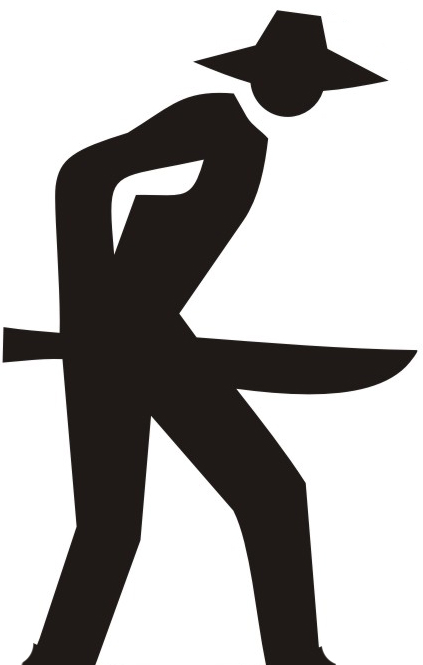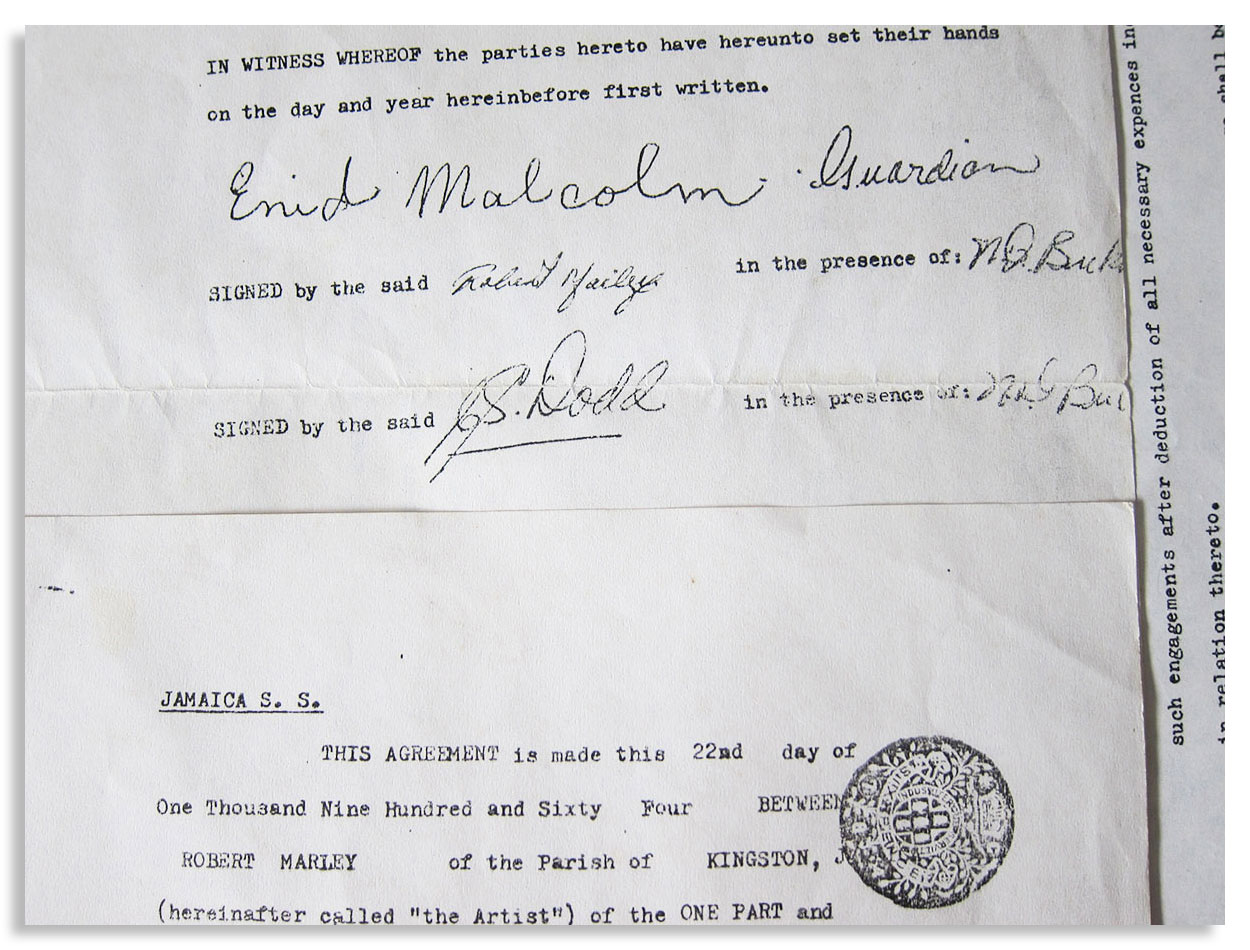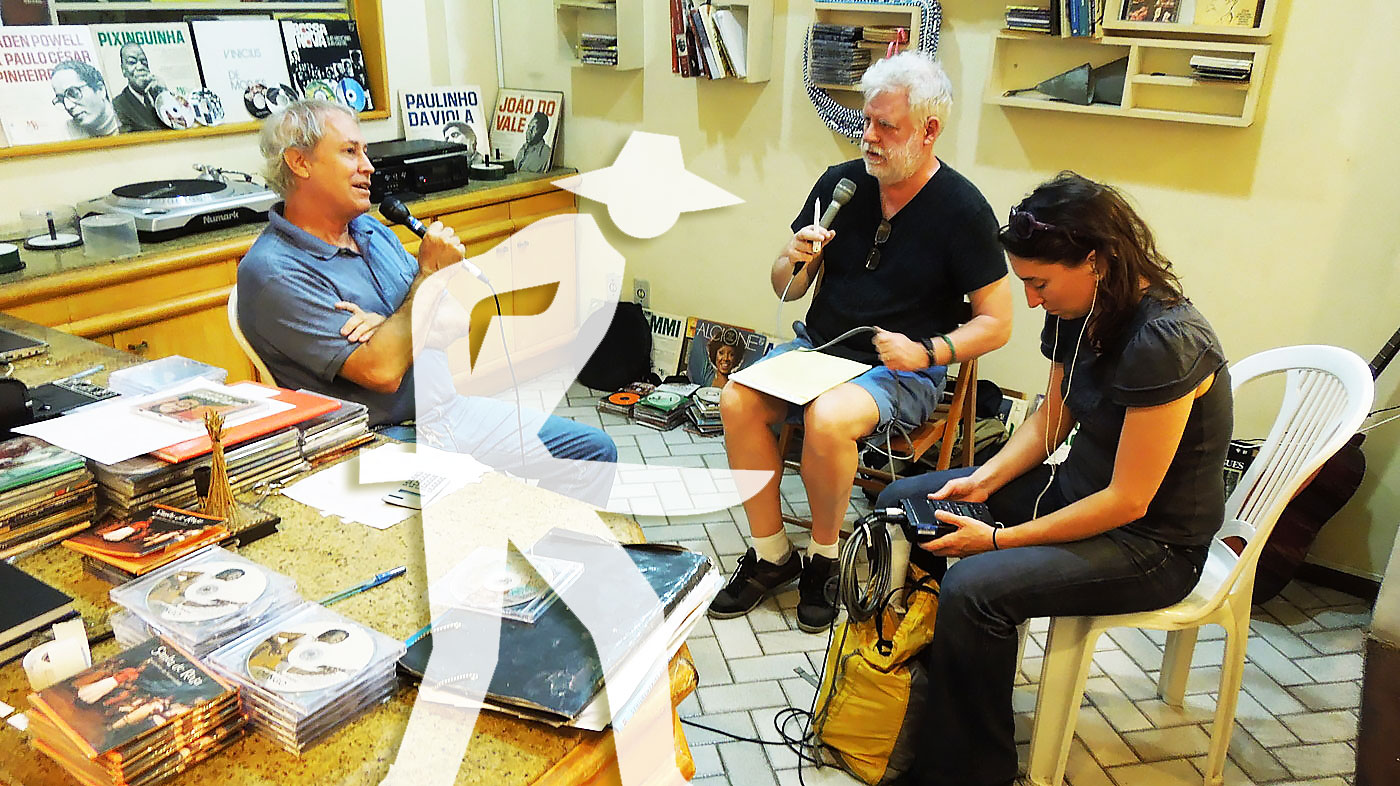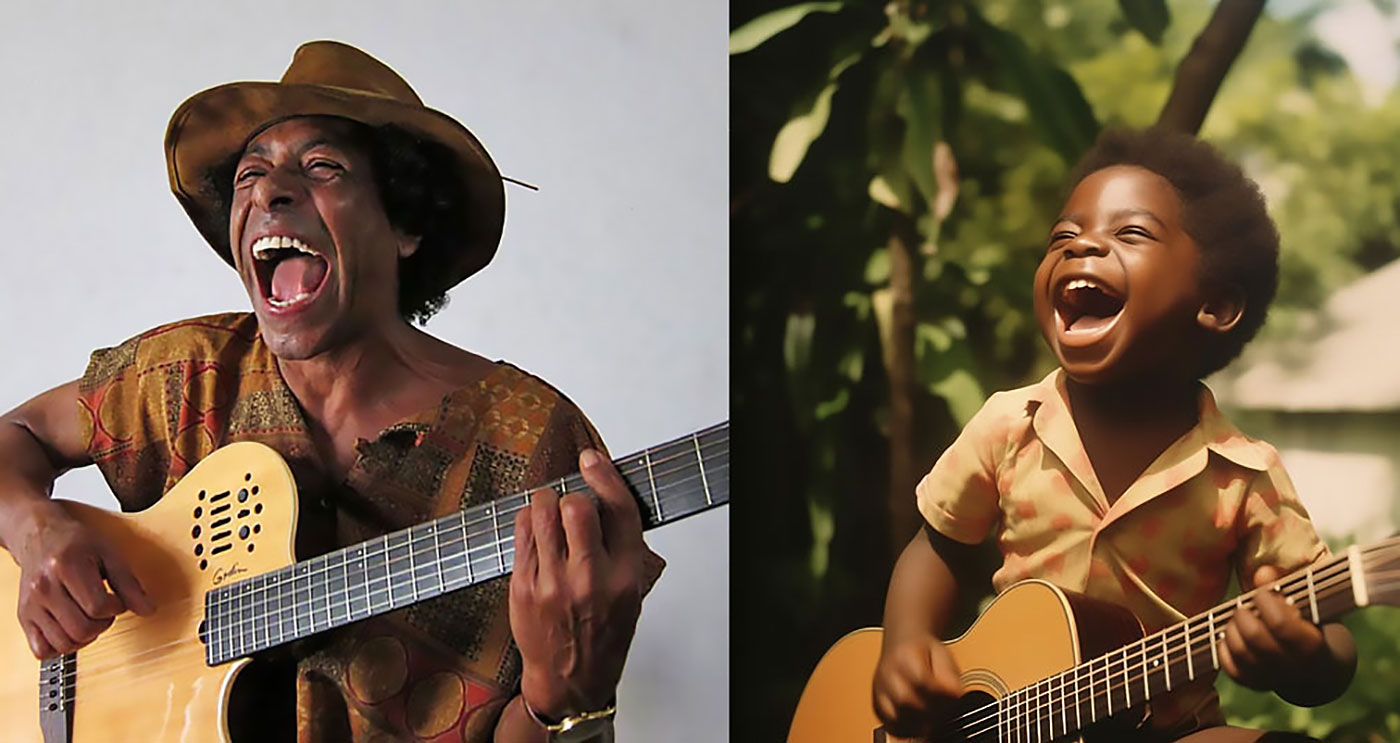CURATION
- from this page: by Matrix
Network Node
- Name: Mark Turner
- City/Place: New York City
- Country: United States
Life & Work
-
Bio:
Born in 1965 in Ohio and raised in Southern California, I grew up surrounded by music. There was always a lot of R&B and jazz and soul and gospel going on in the house all the time, he recalls. This was in the early 70s, when the whole integration and civil rights thing had begun to go mainstream, and my mother and stepfather were in the first wave of young black professionals and intellectuals who moved to upper-middle-class white neighborhoods. They and their friends were always going out to see live jazz. I was intrigued by that, and I was intrigued by the whole history of jazz music and African-American culture, as well as the music itself. And my father, who died when I was one and a half, had played saxophone, so maybe I was looking for a connection with him too.
After starting out on clarinet in elementary school, I gravitated towards saxophone in high school, while also exploring my talent for the visual arts. Although I briefly studied design and illustration at Long Beach State University, my passion for jazz ultimately led me to pursue a career in music. I studied and dissected the work of such saxophone giants as John Coltrane, Joe Henderson, Dexter Gordon, Sonny Rollins, Warne Marsh and Lester Young in the pursuit of my own musical voice.
I really got into it and worked really hard, just trying to figure out who I am. That's how I am with everything. It took a while, and it was kind of an arduous struggle, but it allowed me to figure out what I wanted from music. Even when I was spending my time sounding like other people, I felt like that was part of my path to sounding like myself. The more you spend time with the form and the language, the more your own personality comes out.
After graduating from Bostons prestigious Berklee College of Music in 1990, I moved to New York. Between 1995 and 2001 I recorded five albums of my own—Yam Yam, Mark Turner, In This World, Ballad Session and Dharma Days—while keeping busy as a collaborator and sideman.
It was around 1992 that I began to notice or feel that what I was doing was uniquely mine. It had been two and a half years of struggle, but the summer of 1992 was the period where I was finally able to hear it. Maybe no one else would notice, but that's where I could see how things were gonna go.
Contact Information
- Telephone: 212.212.8888
Media | Markets
- ▶ Twitter: markturnerjazz
- ▶ YouTube Music: http://music.youtube.com/channel/UCUYt6CfKaqoa9lYI-Mvw2hA
- ▶ Spotify: http://open.spotify.com/album/6ymLizMskVol73exzqzOBQ
- ▶ Spotify 2: http://open.spotify.com/album/4rP5qYtTUgaqLHNUJmvNIk
- ▶ Spotify 3: http://open.spotify.com/album/2EZmzJgxlf21SPRymPeQ2H
- ▶ Spotify 4: http://open.spotify.com/album/6kH8QpNHYkUXZlqU2787NB
More
-
Quotes, Notes & Etc.
A few months ago I had an experience that starkly demonstrated how important Mr. Turner is among younger musicians. While reporting on the Thelonious Monk Institute saxophone competition in Washington an annual contest that has become something like the Van Cliburn competition of jazz I heard 15 young players. As expected, most of them drew much of their sound from one source: John Coltrane. There was no mistaking that gruff, keening tone, those scale-based patterns. But to my surprise, the second most prevalent sound among the 15 was very different. It was lighter, more evenly produced from the bottom to the very top of the horn, in long, chromatic strokes. At first I thought it was the sound of Warne Marsh. But there was no reason to think that Marsh, who died in 1987 and was always a minority taste, had suddenly become au courant. Then I realized that it was the sound of Mark Turner.
– Ben Ratliff, the New York Times
I think Mark Turner is one of the most important players that has come along in the last 20 years, easily the most influential. He never seems to have any doubt about what hes doing.
– Ravi Coltrane (from his Before & After listening session, Jazz Times)
His music is the freshest thing around. I want to write like that. Its out music that still sounds very musical and consonant.
– Luciana Souza, singer and composer
I went and practiced with him once. He showed me these music books of things he writes out; just in one book of 36 pages he had tons of different chords and exercises. Because of the purity of his approach, he influences a lot of different people in that way either like me, who does freer stuff, or someone else, who does straight-ahead music: it doesnt matter.
– Bill McHenry, Musician
Clips (more may be added)
-
The Art of Mark Turner // Jazzcampus (1080p HD)
774 views
-
BIMHUIS TV | Mark Turner Quartet
753 views
The Matrix is a small world network. Like stars coalescing into a galaxy, creators in the Matrix mathematically gravitate to proximity to all other creators in the Matrix, no matter how far apart in location, fame or society. This gravity is called "the small world phenomenon". Human society is a small world network, wherein over 8 billion human beings average 6 or fewer steps apart. Our brains contain small world networks...
![]() Wolfram MathWorld on the Small World Phenomenon
Wolfram MathWorld on the Small World Phenomenon
![]() Matemática Wolfram sobre o Fenômeno Mundo Pequeno
Matemática Wolfram sobre o Fenômeno Mundo Pequeno
"In a small world, great things are possible."

It's not which pill you take, it's which pathways you take. Pathways originating in the sprawling cultural matrix of Brazil: Indigenous, African, Sephardic and then Ashkenazic, European, Asian... Matrix Ground Zero is the Recôncavo, contouring the Bay of All Saints, earthly center of gravity for the disembarkation of enslaved human beings — and the sublimity they created — presided over by the ineffable Black Rome of Brazil: Salvador da Bahia.
("Black Rome" is an appellation per Caetano Veloso, son of the Recôncavo, via Mãe Aninha of Ilê Axé Opô Afonjá.)
"Dear Sparrow: I am thrilled to receive your email! Thank you for including me in this wonderful matrix."
—Susan Rogers: Personal recording engineer for Prince, inc. "Purple Rain", "Sign o' the Times", "Around the World in a Day"... Director of the Berklee Music Perception and Cognition Laboratory
"Thanks! It looks great!....I didn't write 'Cantaloupe Island' though...Herbie Hancock did! Great Page though, well done! best, Randy"
"We appreciate you including Kamasi in the matrix, Sparrow."
—Banch Abegaze: manager, Kamasi Washington
"This is super impressive work ! Congratulations ! Thanks for including me :)))"
—Clarice Assad: Pianist and composer with works performed by Yo Yo Ma and orchestras around the world
"Dear Sparrow, Many thanks for this – I am touched!"
—Julian Lloyd-Webber: UK's premier cellist; brother of Andrew Lloyd Webber (Evita, Jesus Christ Superstar, Cats, Phantom of the Opera...)
"Thanks, this is a brilliant idea!!"
—Alicia Svigals: World's premier klezmer violinist
Developed here in the Historic Center of Salvador da Bahia ↓ .
![]() Bule Bule (Assis Valente)
Bule Bule (Assis Valente)
"♫ The time has come for these bronzed people to show their value..."
Production: Betão Aguiar
MATRIX MODUS OPERANDI
Recommend somebody and you will appear on that person's page. Somebody recommends you and they will appear on your page.
Both pulled by the inexorable mathematical gravity of the small world phenomenon to within range of everybody inside.
And by logical extension, to within range of all humanity outside as well.
MATRIX (PARDAL)
I'm Pardal here in Brazil (that's "Sparrow" in English). The deep roots of this project are in Manhattan, where Allen Klein (managed the Beatles and The Rolling Stones) called me about royalties for the estate of Sam Cooke... where Jerry Ragovoy (co-wrote Time is On My Side, sung by the Stones; Piece of My Heart, Janis Joplin of course; and Pata Pata, sung by the great Miriam Makeba) called me looking for unpaid royalties... where I did contract and licensing for Carlinhos Brown's participation on Bahia Black with Wayne Shorter and Herbie Hancock...
...where I rescued unpaid royalties for Aretha Franklin (from Atlantic Records), Barbra Streisand (from CBS Records), Led Zeppelin, Mongo Santamaria, Gilberto Gil, Astrud Gilberto, Airto Moreira, Jim Hall, Wah Wah Watson (Melvin Ragin), Ray Barretto, Philip Glass, Clement "Sir Coxsone" Dodd for his interest in Bob Marley compositions, Cat Stevens/Yusuf Islam and others...
...where I worked with Earl "Speedo" Carroll of the Cadillacs (who went from doo-wopping as a kid on Harlem streetcorners to top of the charts to working as a janitor at P.S. 87 in Manhattan without ever losing what it was that made him special in the first place), and with Jake and Zeke Carey of The Flamingos (I Only Have Eyes for You)... stuff like that.

Yeah this is Bob's first record contract, made with Clement "Sir Coxsone" Dodd of Studio One and co-signed by his aunt because he was under 21. I took it to Black Rock to argue with CBS' lawyers about the royalties they didn't want to pay (they paid).
MATRIX MUSICAL
I built the Matrix below (I'm below left, with David Dye & Kim Junod for U.S. National Public Radio) among some of the world's most powerfully moving music, some of it made by people barely known beyond village borders. Or in the case of Sodré, his anthem A MASSA — a paean to Brazil's poor ("our pain is the pain of a timid boy, a calf stepped on...") — having blasted from every radio between the Amazon and Brazil's industrial south, before he was silenced. The Matrix started with Sodré, with João do Boi, with Roberto Mendes, with Bule Bule, with Roque Ferreira... music rooted in the sugarcane plantations of Bahia. Hence our logo (a cane cutter).
A Massa (do povo carente) / The Masses (of people in need)

-
Add to my PlaylistA Massa - Raymundo Sodré (7,093 plays)
-
Add to my PlaylistSina de Cantador - Raymundo So... (6,909 plays)
-
Add to my PlaylistMagnetismo - Raymundo Sodré ... (6,353 plays)
-
Add to my PlaylistSacando a Cana - Raymundo Sodr... (5,957 plays)
-
Add to my PlaylistMêrêrê - Raymundo Sodré (5,465 plays)
-
Add to my PlaylistJardim do Amor - Raymundo Sodr... (4,677 plays)
-
Add to my PlaylistDebaixo do Céu - Raymundo Sodr... (4,151 plays)
-
Add to my PlaylistDesejo de Amar - Raymundo Sodr... (3,861 plays)
-
Add to my PlaylistOração pra Yá Oxum - Raymundo ... (3,741 plays)
-
Add to my PlaylistYá África - Raymundo Sodré (3,509 plays)
-
Add to my PlaylistMeu Rio, Cadê o Papel - Raymun... (3,177 plays)
-
Add to my PlaylistCasa de Trois - Raymundo Sodré... (2,896 plays)
-
Add to my PlaylistMulher é Laço que Prende o Coração do Vaqueiro - R... (2,556 plays)
































































































































































































































































































































































































































































